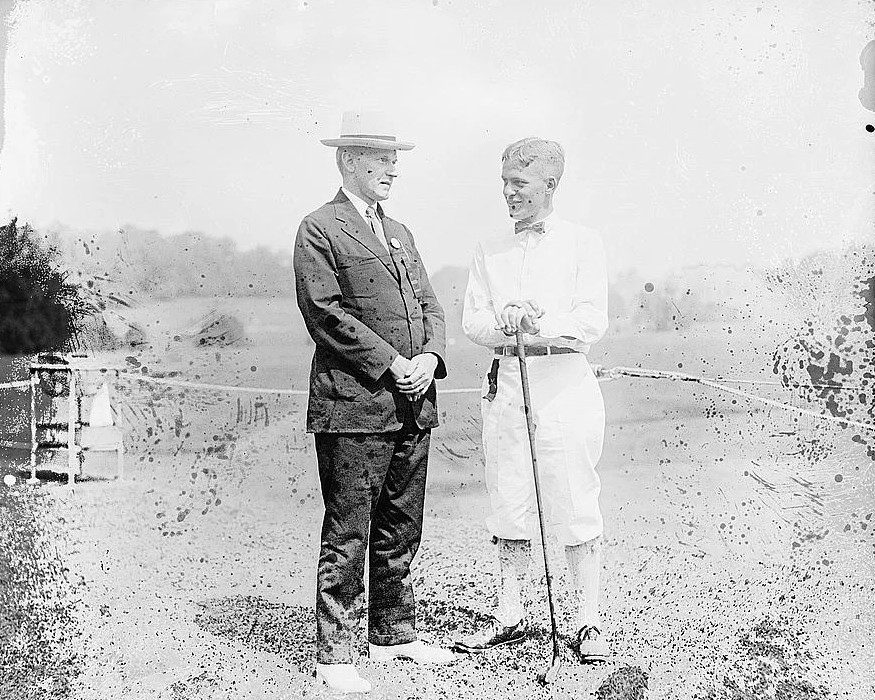Rules Of The Skies.
Recently, the Wall Street Journal trumpeted an article about the anger airline passengers feel and show because of crowded overhead bins. The article was not unique. Many such articles have appeared recently. However, this article did offer some advice; it set out the rules "of the road" for putting luggage in overhead bins. What bothers me is that most articles blame the passengers. They are not the root of the problem.
While I applaud the Wall Street Journal for offering up the etiquette rules, this deals with effects. It is more important to address the causes that have produced this rage. It is an MBA case study in bad management. I will take a macro approach; although the timeline is not precise, it reflects what has occurred. The micro approach would require a three-volume series.
Rise Of Luggage Problem.
A Wright brother was so busy holding on to the plane during his first flight that he did not have time to worry about putting luggage in the overhead bin. Fast forward. It took the rise of the airline industry to create all the chaos. Yes, the airline industry.
When I first started flying, you could check one bag for free. This option was good, but not the most important thing. Instead of taking 45 minutes to an hour and fifteen minutes to get your bag, it usually arrived in fifteen minutes. Airlines ruined this by drastically increasing the time it took to get a bag and adding fees for each bag, at least for coach tickets. (The fees for first-class bags are hidden in the price of the ticket.) In fairness to the airlines, people went from checking one bag to checking two or three, and the number of travelers increased. However, I would counter that now that the process is automated, it should run smoother and faster.
Flyers Take New Approach.
The increased delays and the increased costs resulted in people trying to carry bags onto a plane rather than checking them. I certainly took this route. Initially, travelers would bring three or four smaller bags. The baggage became problematic, so airlines were forced to limit carry-on baggage. The limit is usually two bags. Some airlines let female passengers carry two bags and a purse.
Limiting bags did not stop travelers from carrying three bags. I can remember frequently standing at a gate watching people with three bags shoving one of the bags into one of the remaining two. The result was a bag that resembled a blimp more than a carry-on bag. Watching a passenger shove the overstuffed item into an overhead bin resembled a Saturday Night Live skit. Somewhere during this evolution, the airlines came up with size restraints for each piece of carry-on luggage. You walk up to a gate and put your bag in a metal frame. If the bag fits, great. If not, you are supposed to check the bag. This process quickly fell apart because people just ignored the metal frame. Who cared if their luggage was the correct size?
A Chess Game.
Airlines decided they would outsmart customers; thus, they began a chess game. The airlines made the first move. They started allowing passengers to check bags free at the gate. The bags could be picked up as passengers disembarked. Passengers made the next move by starting to forego checking bags at the ticket counter and checking them at the gate. This maneuver went well until the airlines realized two things. Passengers were using this approach to avoid fees (i.e., the airlines were losing revenue), and a traffic jam of bodies at the airplane door developed every time passengers disembarked. Passengers maneuvered to get ahead of one another so they could be the first to get their bags.
The airlines' next move was to check the bags for free at the gate, but passengers had to pick them up at the baggage carousel. Some passengers chose this approach, but some passengers elected to go back to trying to stuff the overhead bins because of the long delay before bags arrived at a carousel.
Somewhere in this timeline, the airlines made two more moves. They started having attendants make the ubiquitous announcement that smaller bags like backpacks should be put under the seat in front of a passenger, not overhead. This might have been successful had it not been for the fact that airlines had plotted against passengers for years by slowly but surely reducing the space between rows. The result was that passengers did not want to put small bags under a seat because this left them no room for their legs. It is not a major problem for a 45-minute flight, but it is a significant problem for any flight over an hour.
The airlines came up with a new plan, a checkmate move. They decided to charge more for the zones. The lower the zone number the higher the price and the earlier a passenger could board. Early boarding improved the probability that a passenger would find overhead bin space. This gambit would have been a game-ending move if passengers were stupid. They are not. They started trying to cheat and get on early no matter what their zone number was, and they stuffed bags into the first open space, obliterating the effectiveness of zones. While I do not defend this behavior, if you force people into a corner, they will come out swinging.
A New Strategy.
Not having overcome the problem, airlines have now decided to charge for reserved overhead bin space. (If people try to board early, I am not sure they will respect reserved bin spaces.) I guess passengers will soon have an assigned seat and an assigned bin.
While all this has been occurring, passengers are now dealing with people trying to steal (yes, steal is the correct word) their seats. Not sure how this will work. If you steal someone else's seat, do you also get to steal their bin space?
While passengers are far from innocent, the airlines have created chaos through pricing manipulations and reductions in seating space, forcing people to act out. So, the next time you read about irate passengers acting out, remember that it is an effect. Much of the underlying cause has been the result of airline managers setting up passengers like gladiators in the Roman Coliseum—not an excellent management strategy. Business leaders should always evaluate how their actions will affect customer purchases and customer behavior.
Picture by Vecteezy
If you have not read the blog that describes the "However View," click here.







